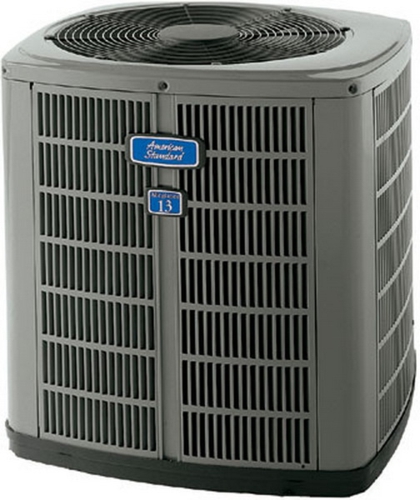Prior to the invention of air conditioning, people had many creative methods for beating the heat. People initially were restricted to selecting their homestead based on the geologic features of the area. Technology has progressed since then to allow people more flexibility in choosing the location of their home while still remaining cool.

Keeping it Underground
Living underground was one of the first methods of climate control. Most caves maintain an average temperature of about 50 degrees Fahrenheit in both summer and winter, making them an ideal dwelling. When people found it necessary to move out of caves, they initially chose locations that offered the same features as caves. They built their abode into hillsides to take advantage of the naturally lower temperature of the earth. When it was not feasible to build into a hillside, many homeowners excavated basements beneath their house for the same effect. Building material choices also played a role in keeping the dwelling cooler because rock absorbs heat more slowly than other building materials such as wood. Houses constructed of brick, rock, or adobe will remain cool throughout the heat of the day and warm during the night.
Keeping it Circulated
A different approach was used by the Ancient Egyptians, Greeks, Romans, and Indians who strategically placed pots filled with chilled water in areas with more air circulation. As the wind blew through the house and over the water, the air would become cool and moist. Some of the more elite members of Roman society had mountain snow brought into their gardens. In Ancient Iraq, slaves brought in blocks of ice which they then packed inside the hollow space between the two outer walls to chill the home. Another common practice in Ancient Iraq involved a slave fanning the ice to circulate the cool air. A variation of this practice was the use of a personal handheld fan, such as those popular in Japan.
Keeping it Open
Architecture was used in warmer climates to maximize circulation, creating a more comfortable interior. Homes were built with large windows and doors, high ceilings, and porches. Strategically placed tall trees and awnings or archways provided shade. Courtyard fountains were also popular ways of cooling a residence. More modern Western homes were built as split-level with high ceilings to take advantage of the fact that warm air rises. Many split-level homes had open stairways to increase the amount of warm air rising to the second floor which left the bottom floor cooler. Some of these homes even had turrets or towers, which collected the heat and allowed it to escape the house. The cultural practice of people sleeping either on the bottom floor or outside on the front porch also aided people keeping cool before modern air conditioning.
Peter Wendt has studied air conditioning technology throughout the ages and suggests clicking here for a more modern approach to beating the Texas heat.

